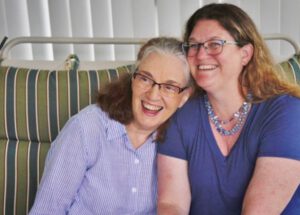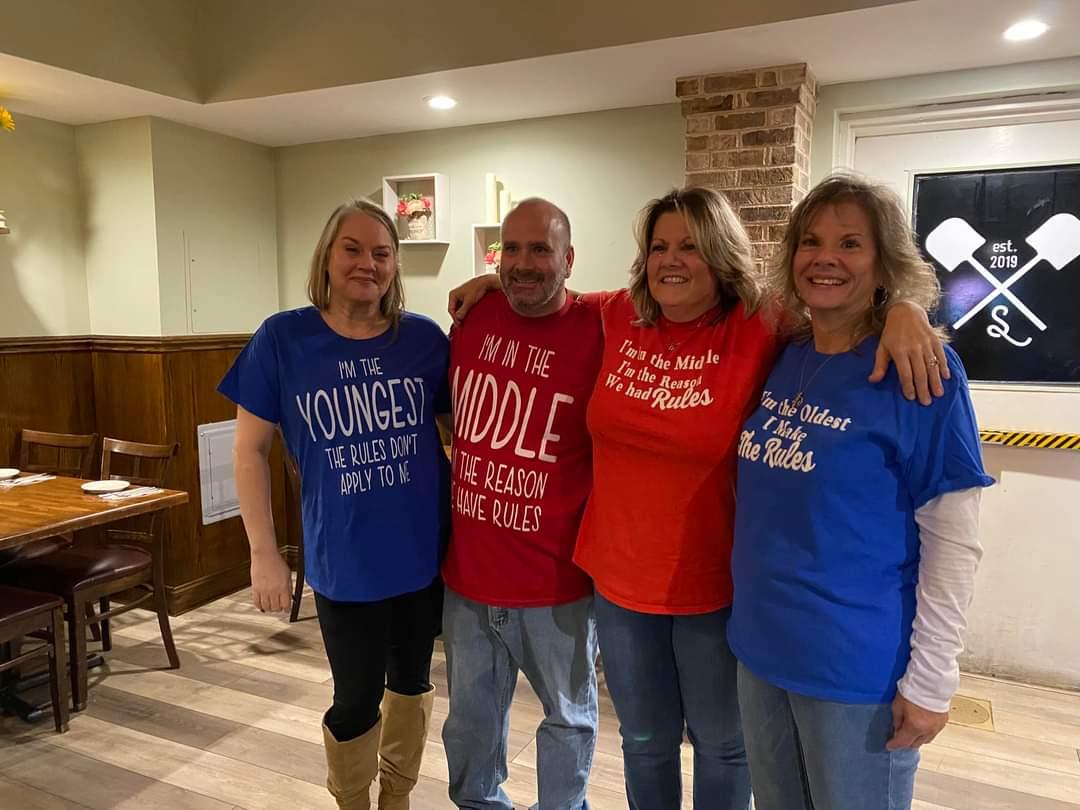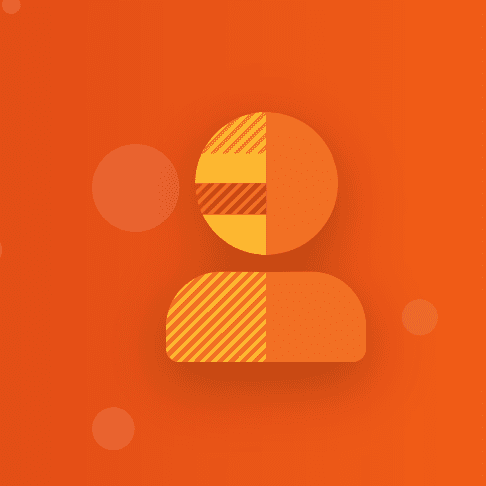For Ann, a college genetics professor in Pennsylvania, her interest in 23andMe started over ten years ago with scientific curiosity, but it quickly evolved into something more profound.

Ann on the right and her mom.
First, Ann dug into information about her health, learning about conditions for which she had increased genetic risk of developing. Then she used 23andMe to discover more about her ancestry and her family’s Irish, Polish, Italian, and German ancestry. Most recently came something even more unexpected — Ann used 23andMe to help her find her elderly mother’s long-lost sister. This, in turn, enabled her to bring the two sisters together for the first time.
It happened last year on her mother’s 76th birthday. They’d just had a celebration, and Ann came home and happened to open an email from 23andMe about a new DNA Relative. She was stunned.
“I called my mom and said, ‘I have one more gift for you,'” Ann said. “I found your sister.”
Ann and her mother learned of the sister after extensive genealogical research, eventually creating a family tree with more than 7,000 relatives.
“It was so exciting to match 23andMe DNA (Relative) results with the relationships on our tree,” Ann said.
She also used 23andMe me to help some of her distant relatives find biological parents.
But they also discovered more about Ann’s mother’s father. He had a child with another woman before he got married to Ann’s grandmother. Ann thought they’d never find her mother’s sister and had exhausted the historical resources. They assumed her sister, who would be over 80 years old, might have already passed away.
“We figured the window of finding her alive was closed,” Ann said.
But using her 23andMe results helped them track her down.
“We were very lucky to find her and all of our new family,” she said.
As miraculous and wonderous as this was, the connection was just another deeper layer to DNA discoveries Ann has been making over the years. Whether it’s learning that her twin boys are identical and not fraternal twins, or using her 23andMe results to inspire her college students, or digging into her raw data, Ann said she’s endlessly excited by genetics.
“I really appreciated the information I’ve received,” she said.
23andMe has helped feed her interest in the science, she said. She’s curious about the function of different genes, and their role in human traits and the risk of disease. Her academic work has focused on dyslexia, but her twin sons have also primed her interest. For example, she’s eager to learn more about “half identical twins,” also known as “semi-identical twins.” Ann wants 23andMe to study this very, very rare phenomenon to see if our massive data set may identify more cases.
More than anything else, Ann said 23andMe has helped feed her insatiable interest in learning more about herself, her family, and the world of genetics.
“I think I’ve used about every angle you can use on 23andMe,” said Ann.
Here’s to her finding even more.



